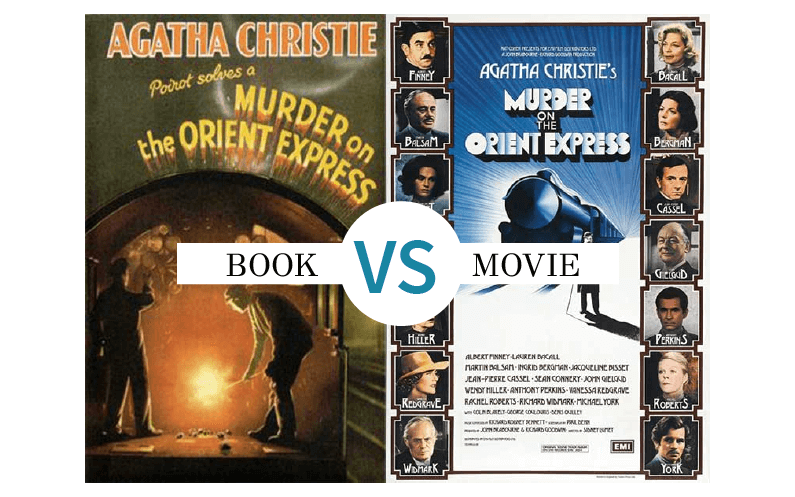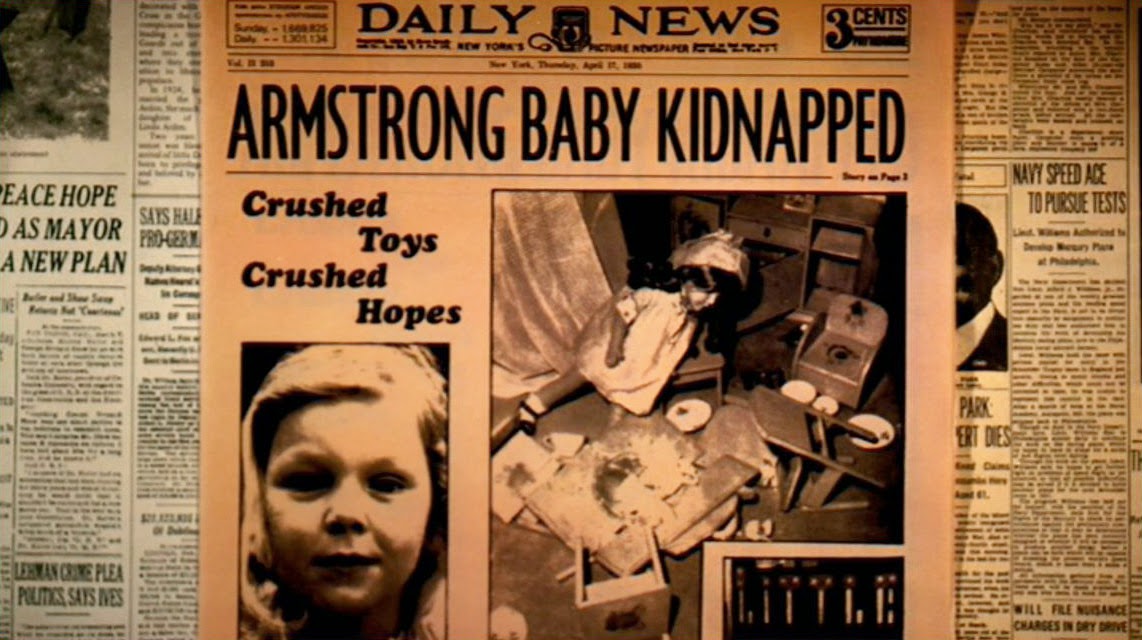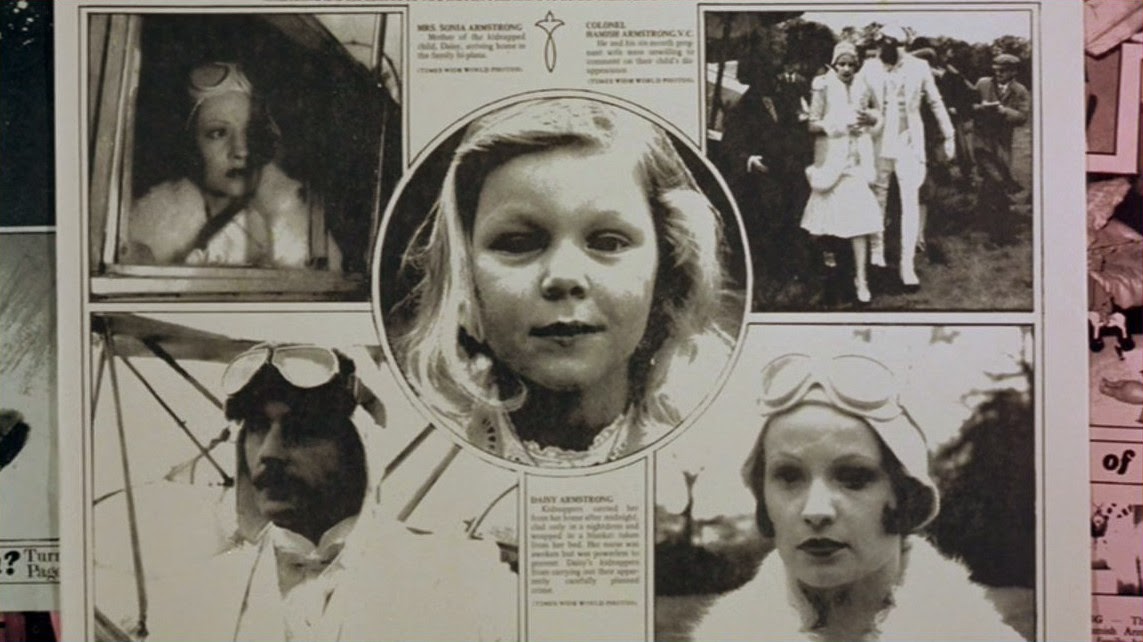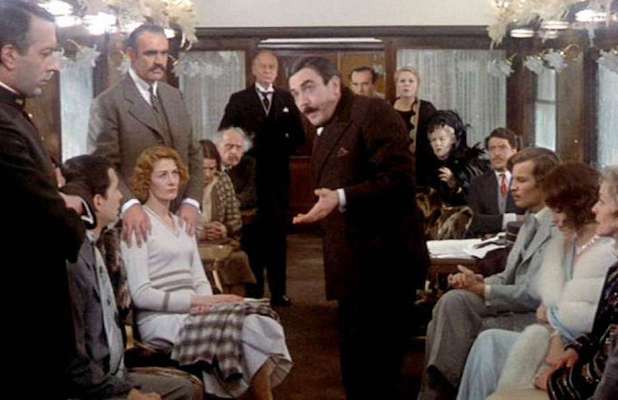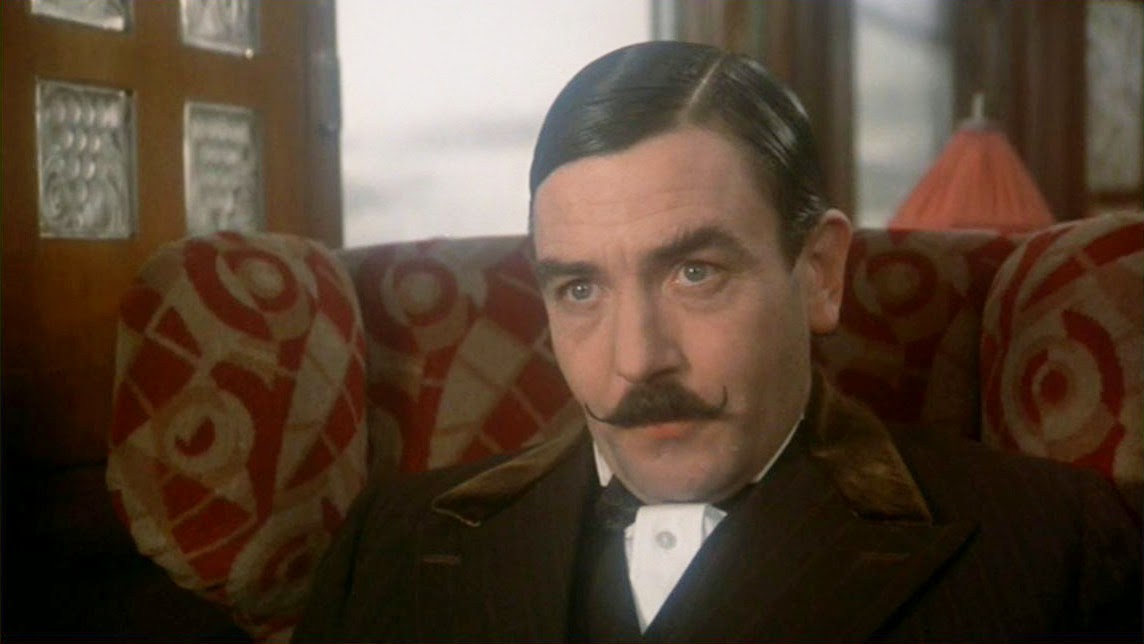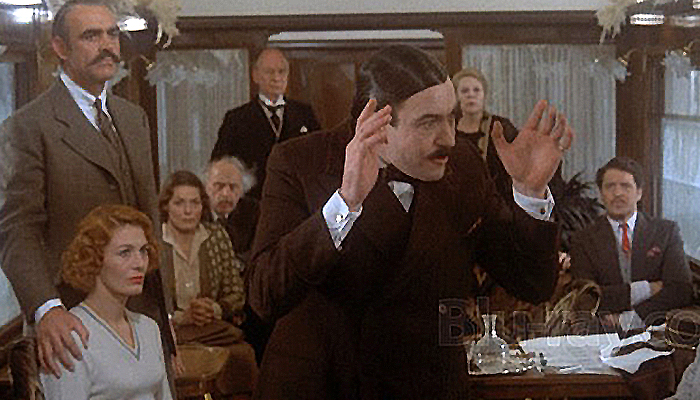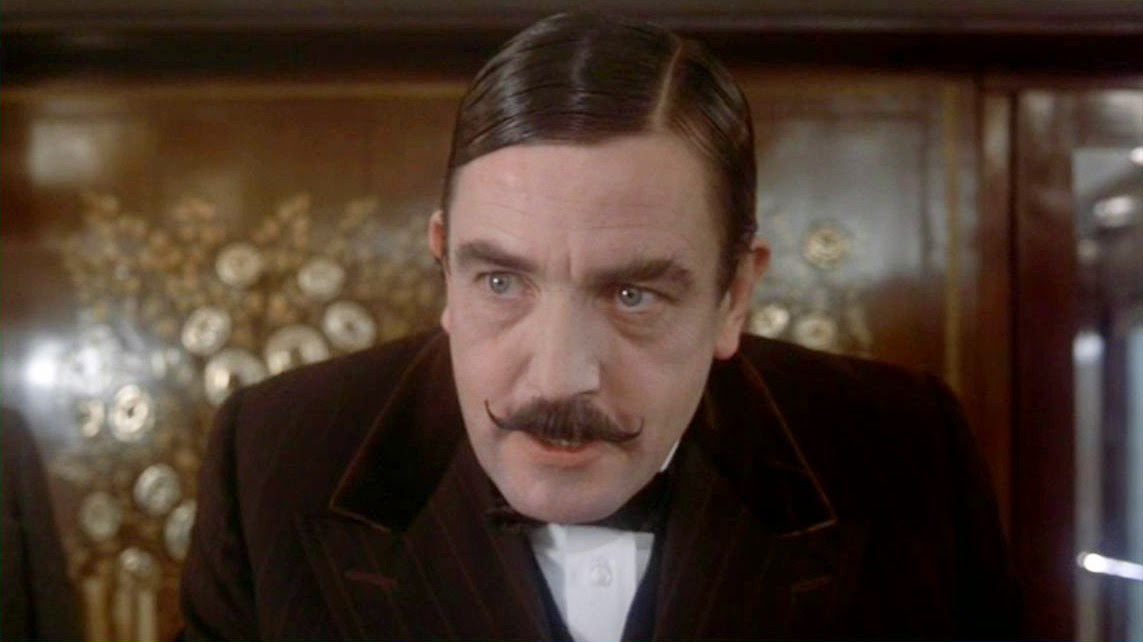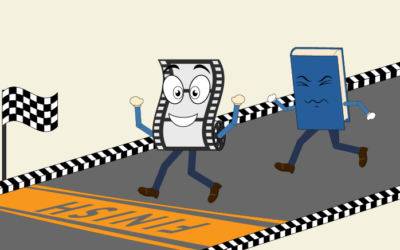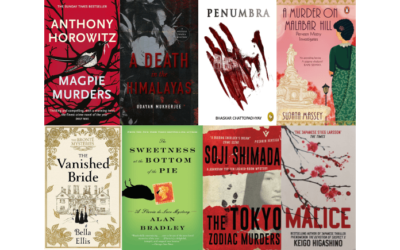Murder On The Orient Express
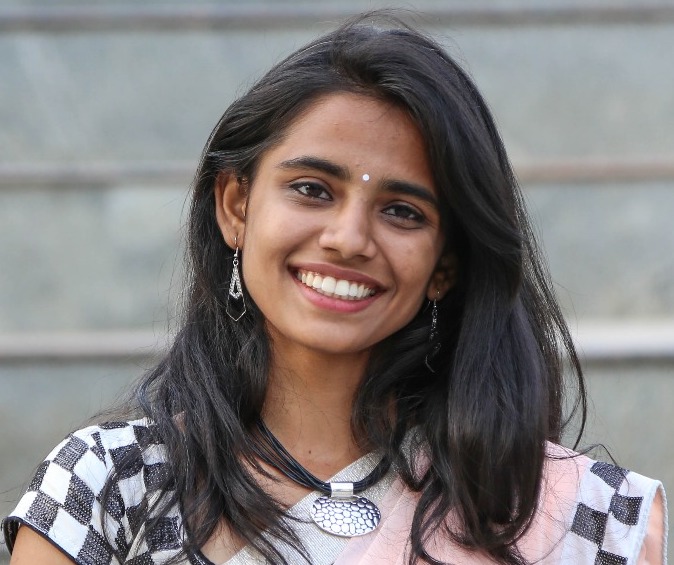
MS Shilpa
November 1, 2017
Considered one of Agatha Christie’s best mysteries, Murder on the Orient Express was originally published in 1934. It is not only a fabulous treat for mystery lovers, but extraordinary as the often-sidelined theme of justice forms an integral basis of the plot.
Since publication, it has been adapted several times, including the soon to be released movie starring Kenneth Branagh as Poirot. It will be interesting to see not only how the new movie differs from the novel, but also from the widely popular 1974 adaptation. Some adaptations stay slavishly faithful to the book while some take only the central theme of the book and give it a spin that makes the book almost unrecognizable.
This piece focusses on the 1974 movie, directed by Sidney Lumet, which boasts an all-star ensemble cast that includes Sean Connery (Colonel Arbuthnot), Ingrid Bergman (Greta Ohlsson), and Albert Finney (Hercule Poirot)
Furthermore, in the movie, Poirot is subsequently shown taking a boat ride to the Istanbul train station to catch the Orient Express. While on this boat, he sees Colonel Arbuthnot and Miss Debenham for the first time and is privy to a private conversation. This change immediately makes one suspicious of the pair, unlike the book where one is equally suspicious of all the parties on the train.
In the movie, Mrs. Hubbard constantly talks about her second husband; in the book, her daughter is her chosen subject. This is important as the revenge plot is based on the murder of her granddaughter and the untimely death of her daughter. By making this change in the movie, it is harder for viewers to feel sympathy for the murderers, which comes naturally to readers of the book.
Other than these and a couple of names being changed in the movie, such as M. Bouc being renamed as M. Bianchi, the dead maid who was named Paulette instead of Susanne and Masterman who was renamed Beddoes, the movie doesn’t stray too much from the book’s storyline and is probably one of the better movie adaptations of a Christie book.
Buy the book.

Shilpa was a content intern at The Curious Reader. She is happiest with a book in one hand and a cup of chai in the other. Her 'books to read' list and 'places to visit' list are constantly at war with each other to emerge as the longest one. She is more interested in the why of people rather than the who. She is currently studying engineering.

